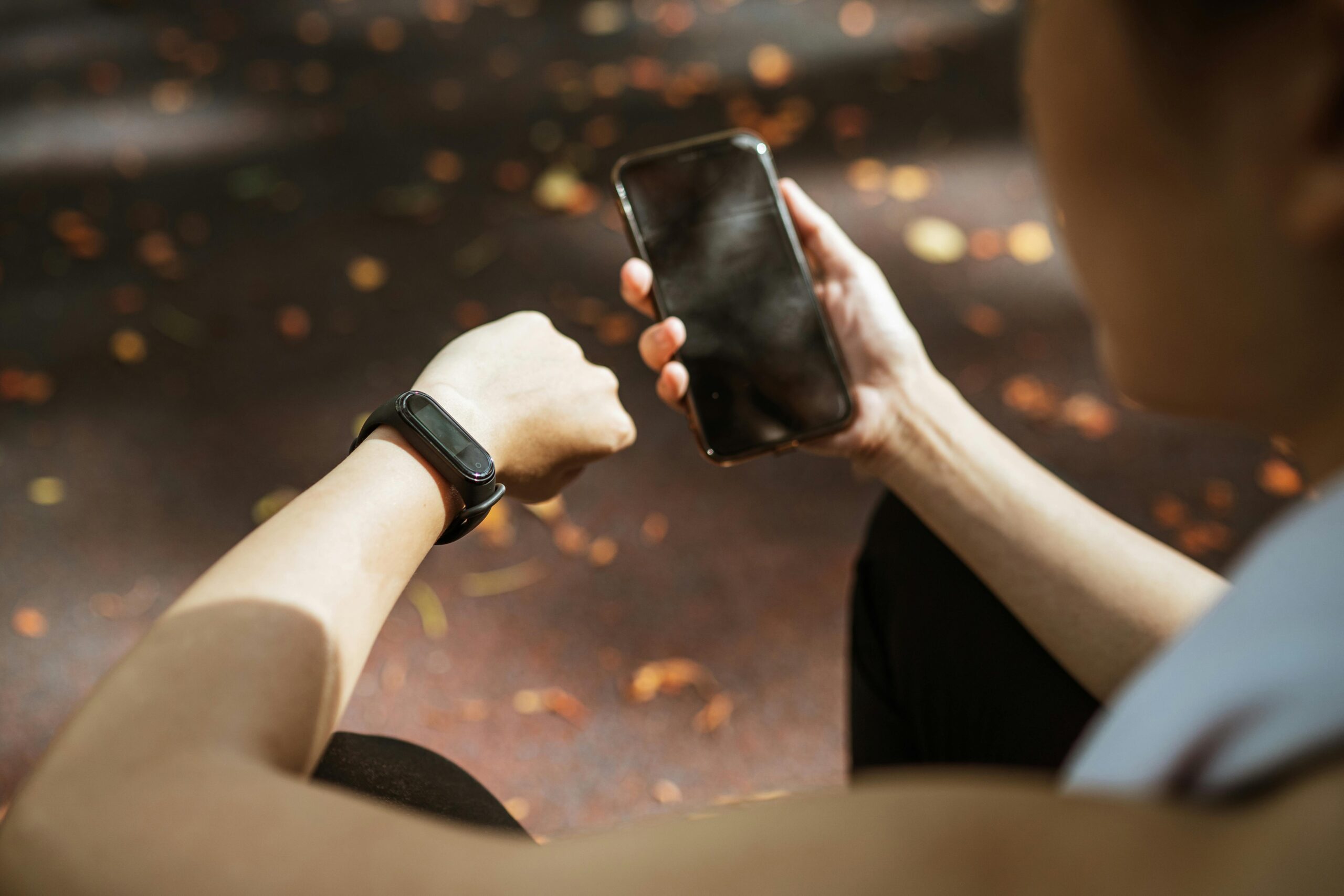Understanding Remote Therapeutic Monitoring (RTM) in 2025
Remote Therapeutic Monitoring (RTM) is changing the way physical therapy practices support their patients outside of traditional in-clinic visits. With the help of digital tools and mobile health platforms, therapists can track critical factors like pain levels, range of motion, and adherence to prescribed exercises. This real-time insight allows PTs to intervene earlier, refine treatment plans, and keep patients engaged in their recovery.
At its core, RTM helps bridge the gap between appointments. Patients often struggle to stay consistent with home exercises, and therapists lack visibility into what happens between sessions. RTM solves this problem by providing structured monitoring, improving accountability, and ultimately leading to better clinical outcomes.
Why Remote Therapeutic Monitoring is Important for Physical Therapists
- Improves patient outcomes – Regular monitoring helps therapists adjust treatment plans based on real-world data rather than waiting for the next appointment.
- Encourages adherence – Patients who feel more connected to their care team are more likely to stick with their prescribed exercises.
- Creates new revenue opportunities – RTM allows clinics to generate income beyond traditional in-person visits by billing for remote monitoring services.
- Supports long-term recovery – Whether a patient is rehabbing from surgery or managing a chronic condition, RTM ensures continuous support without requiring frequent in-office visits.
How RTM Works in Physical Therapy
RTM relies on digital tools, such as mobile apps, wearable devices, and cloud-based software, to collect and transmit patient data. This information is reviewed by the therapist, who can then provide feedback, adjust exercises, and ensure the patient stays on track.
Step-by-Step RTM Workflow
- Introduce RTM to the patient – The therapist explains the benefits of monitoring, how it works, and what the patient needs to do.
- Set up the technology – Patients use an RTM-compatible app or device to track key metrics like pain intensity, mobility, and exercise completion.
- Monitor patient progress – The therapist reviews data regularly, looking for trends, improvements, or red flags that may require intervention.
- Provide remote feedback – If needed, the therapist adjusts the home exercise program or offers guidance based on the patient’s progress.
- Document interactions and bill accordingly – The therapist tracks patient engagement and submits claims using RTM-specific CPT codes.
Real-World Applications of RTM
- Post-surgical rehabilitation – A patient recovering from knee replacement logs daily pain levels and mobility scores, helping their PT fine-tune the rehab plan in real time.
- Chronic pain management – A therapist tracks a patient with chronic back pain to ensure they follow a gradual progression of therapeutic exercises.
- Sports injury recovery – An athlete recovering from a shoulder injury uses a wearable device to monitor mobility, giving their PT instant feedback on progress.
RTM Billing and Reimbursement: CPT Codes Explained
For physical therapists looking to integrate RTM, understanding the billing process is essential. RTM services are reimbursed through specific CPT codes that cover setup, device supply, and patient interaction.
RTM CPT Codes for Physical Therapists
| Code | Description | Key Details |
|---|---|---|
| 98975 | Initial setup and patient education on RTM device | Billed once per patient per treatment episode |
| 98977 | Supply of RTM device for musculoskeletal monitoring and documentation of data collected | Billed per 30-day period |
| 98980 | Remote treatment management, first 20 minutes per month | Requires documented patient interaction |
| 98981 | Additional 20 minutes of RTM management | Used for extended monitoring beyond 98980 |
Reimbursement amounts vary slightly based on geographic location, so it’s a good idea to check with your local Medicare contractor or commercial payer. CMS CPT code lookup tool
Best Practices for Billing
- Verify insurance coverage – Payer policies vary, so it is important to confirm reimbursement eligibility before implementing RTM with a patient.
- Document everything – Insurers require clear records of patient interactions, data review, and clinical decision-making.
- Meet time thresholds – RTM billing codes have specific time requirements that must be met to qualify for reimbursement.
- Avoid common errors – Coding mistakes or incomplete documentation can lead to claim denials, so accuracy is key.
RTM vs. Remote Patient Monitoring (RPM): What’s the Difference?
While RTM and Remote Patient Monitoring (RPM) may sound similar, they serve different purposes in healthcare. The key distinction lies in the type of data being monitored and who is eligible to bill for the services.
| Feature | RTM | RPM |
|---|---|---|
| Who uses it? | Physical therapists, occupational therapists | Physicians, nurses, specialists |
| Data type | Self-reported data (pain, function, adherence) | Physiological data (heart rate, blood pressure, glucose) |
| Device requirements | Mobile apps, wearable trackers | FDA-approved medical devices |
| Billing codes | 98975, 98977, 98980, 98981 | 99453, 99454, 99457, 99458 |
In short, RTM is specifically designed for rehab professionals focusing on musculoskeletal health, while RPM is used by medical providers tracking chronic conditions like hypertension and diabetes.
How to Successfully Implement RTM in a Physical Therapy Practice
Choosing the Right RTM Platform
When selecting an RTM solution, consider these factors:
- Ease of use – The platform should be intuitive for both therapists and patients.
- EHR compatibility – Integration with your electronic health record system streamlines documentation.
- HIPAA compliance – Data security is non-negotiable when handling patient information.
- Billing support – A system that simplifies claim submissions reduces administrative burden.
Steps for Integrating RTM into Your Workflow
- Start with a small pilot group – Introduce RTM to a few patients to refine your workflow before rolling it out to everyone.
- Train your staff – Ensure your team understands how to use the platform, document interactions, and bill correctly.
- Educate your patients – Clearly explain the benefits and how RTM will help their recovery.
- Automate where possible – Use reminders and notifications to keep patients engaged without adding extra work for your team.
- Track key metrics – Monitor patient engagement and financial performance to assess RTM’s impact on your practice.
Compliance and Legal Considerations
- Ensure HIPAA compliance – Patient data must be securely stored and transmitted.
- Document medical necessity – Clear justification for RTM use is essential for insurance reimbursement.
- Keep detailed records – Thorough documentation protects against audits and claim denials.
Common Mistakes to Avoid
- Poor documentation – Failing to track interactions and data analysis can lead to reimbursement issues.
- Low patient engagement – Patients need proper onboarding and ongoing communication to stay committed.
- Overlooking payer policies – Always verify reimbursement guidelines before billing for RTM services.
Frequently Asked Questions About RTM
Is RTM difficult to implement in a physical therapy practice?
Not at all. With the right platform and a well-structured process, it can be seamlessly integrated into existing workflows.
Do patients need special equipment?
Most RTM solutions use smartphone apps or basic wearable sensors, so there’s no need for complex medical devices.
Does RTM require additional staff to manage?
Not necessarily. Many platforms automate key processes, reducing administrative workload.
How do I get patients to engage with RTM?
Patient education is crucial. Explain how RTM benefits them, make onboarding simple, and check in regularly to keep them involved.
Will all insurance plans cover RTM?
Coverage varies, so it is important to check with individual payers before implementing RTM with a patient.
Final Thoughts
Remote Therapeutic Monitoring offers a powerful way for physical therapists to extend care beyond the clinic. By leveraging digital tools and structured monitoring, PTs can enhance patient compliance, optimize recovery, and unlock new revenue opportunities.
For clinics considering RTM, the key is to start small, educate both staff and patients, and choose a platform that fits seamlessly into existing workflows. As digital health continues to evolve, RTM stands out as a game changer in rehabilitation, ensuring patients get the consistent support they need for long-term success.

